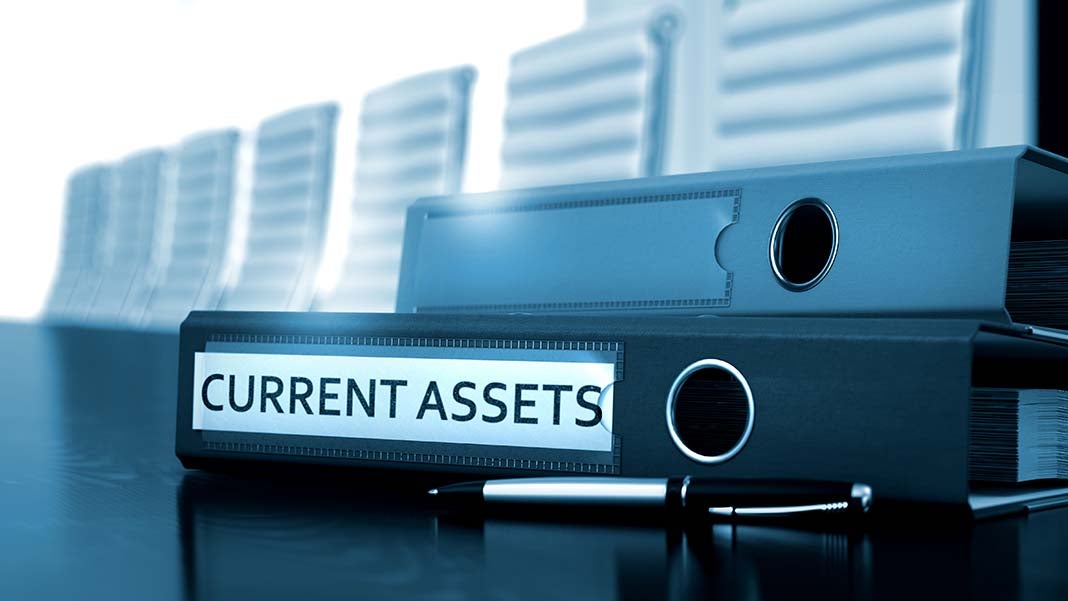
Assets are those things which a business owns or controls and which can be used to create positive economic value. Assets can, therefore, be turned into cash. Consequently, it’s important for a small business owner to understand what their assets are so they know what the business’ health is and if they have the means to pay off any debts that they have.
In the event that you are applying for a loan, a lender will be very interested in finding out what your assets are. Assets will often be called upon to act as collateral for any loan you take.
List All Of Your Assets
The first thing that you should do as a small business owner is to list all your assets. As we said above, the key distinction of assets is that they can be used to create economic value and they can be turned into cash. So when you are listing all your assets, start off with current assets. Current assets are your most liquid assets. By liquid I mean that they can be easily converted into cash. An example is a portfolio of stocks and bonds, or a checking account, inventory. Under current assets, you should include the most liquid asset of all: cash.
Once you have listed all your current assets, move on to your fixed assets. As the name suggests, fixed assets are less liquid than current assets. These are your “heavy” assets, such as property, plant and equipment (PPE).
Your last major category of assets is that of intangible assets. These are non-physical assets such as patents, copyright, franchises, goodwill, trademarks, and trade names, as well as software.
When you have written down all your assets, you can move onto the next phase.
- Draw Up a Balance Sheet
The purpose of a balance sheet is to weigh your assets against your liabilities in order to determine your business’ financial position. In fact, many people refer to the business sheet as the “Statement of Financial Position”. This reflects the importance of the balance sheet in assessing your business’ financial health.
Your balance sheet is divided into two broad categories: assets and liabilities. Excel is a popular and very powerful tool for drawing up a balance sheet. You don’t have to invest in any fancy accounting tools. Excel is incredibly powerful.
Place your assets into the balance sheet, grouping them according to the broad categories I gave above.
You will also have to list all your liabilities as well. You need to do so in order to understand the costs for this company that you are working so hard for. Liabilities are anything that loses you cash. These are your debts. If, for instance, you own a building that costs you more money to keep up than it generates, that represents a liability. Loans are the classic examples of liabilities.
You should be aware that a balance sheet is a “stock” not a “flow”. What this means is that the balance sheet shows your stock of assets and liabilities at a specific point in accounting time. That accounting period can be the month, the quarter or the year. Include all your assets, whether they are short-term assets or long-term assets.
- Total Up Your Assets
This is the simple part. You just add up the value of all your assets.
- Make Sure Your balance Sheet Obeys The Fundamental Rule of Accounting
The fundamental rule of accounting is that Total Liabilities + Sharehodler’s Equity = Total Assets. Shareholder’s equity represents the owner’s claim on the business once liabilities have been paid off from the assets that the company has. For example, if a business has $1 million in liabilities and $5 million in assets, the shareholders are entitled to $4 million worth of the business’ value. $1 million belongs to everyone to whom the business owes money. Shareholder equity and debt form the capital structure of the business. Capital structure shows how a business finances its activities. There are two ways it does so: through debts and through equity.
Once you have done this, you can go deeper in analyzing your assets. You can study your return on invested capital (ROIC), debt-to-asset ratio, and other useful metrics that help you assess the performance of your business.
5364 Views












